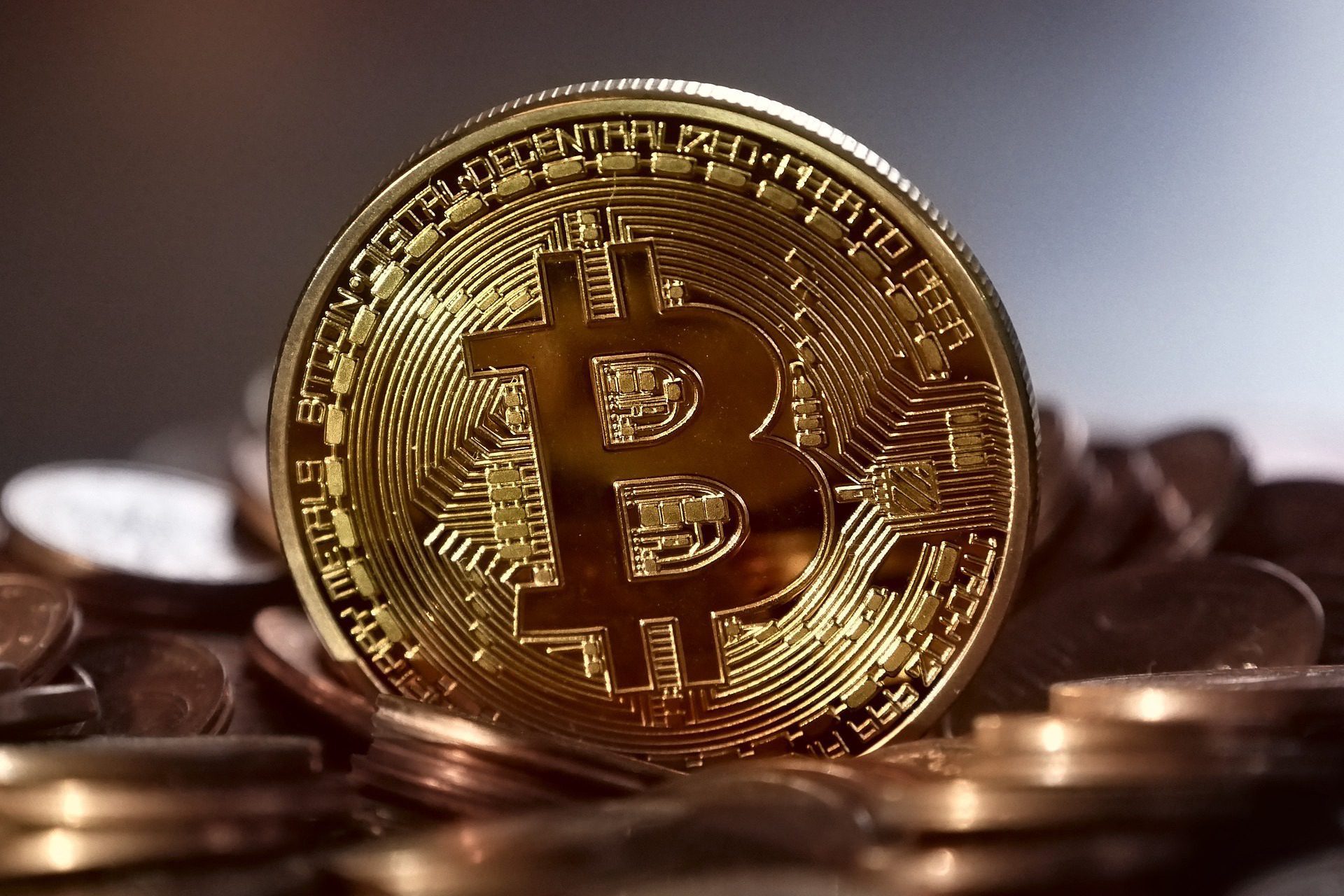Introduction
The 4th Bitcoin halving, scheduled for mid-April 2024, marks a significant milestone in the history of Bitcoin and the broader cryptocurrency ecosystem. This event, which occurs approximately every four years, halves the block reward for mining new blocks, reducing the rate at which new Bitcoins are created. This article explores the potential impacts of the 4th Bitcoin halving on Bitcoin’s market value, mining operations, environmental sustainability, and the overall crypto market.
Understanding the Bitcoin Halving
The Bitcoin halving is a built-in feature of the Bitcoin protocol designed to control inflation and maintain the scarcity of Bitcoin. Every 210,000 blocks mined, the block reward for mining new blocks is halved. This process has been a key factor in Bitcoin’s deflationary nature, with the halving events occurring in 2012, 2016, and 2020, reducing the block reward from 50 to 6.25 BTC. The next halving, in April 2024, will reduce the block reward to 3.125 BTC.

Impact on Market Value and Mining Profitability
Historically, halving events have led to increases in Bitcoin’s market value, driven by a decrease in the supply of new coins. This reduction in supply, coupled with potentially steady or increasing demand, creates a supply shortfall, putting upward pressure on prices. The 2024 halving is expected to follow this pattern, potentially leading to an upward trend in Bitcoin’s market value .
However, the halving also impacts mining operations and profitability. With the reduction in mining rewards, miners may face operational costs that exceed their earnings, leading to a decrease in the number of miners. This reduction could pose a security risk to the Bitcoin network, making it more susceptible to a 51% attack, where a single entity or group controls more than 50% of the network’s mining power.
Environmental Sustainability
The 4th Bitcoin halving could also have a positive environmental impact by encouraging more energy-efficient mining techniques. As miners seek to maximize their profits in a competitive environment, they may adopt more sustainable mining practices, such as using renewable energy sources or improving mining hardware efficiency. This shift towards energy efficiency could help reduce Bitcoin’s environmental footprint.
Market Dynamics and Investor Interest
The halving events have historically sparked interest among investors, leading to increased volatility and speculation in the crypto market. The upcoming 4th halving is anticipated to fuel this interest, with potential for significant price movements. However, it’s important to note that the halving is just one of many factors influencing Bitcoin’s price, alongside broader market dynamics, regulatory developments, and technological advancements.
Conclusion
The 4th Bitcoin halving represents a critical juncture in the evolution of Bitcoin and the broader cryptocurrency ecosystem. While it promises to maintain Bitcoin’s scarcity and potentially increase its market value, it also introduces challenges for miners and the network’s security. The event underscores the dynamic nature of Bitcoin and crypto markets, where technological innovations, environmental considerations, and market dynamics intersect. As the crypto world continues to evolve, the 4th Bitcoin halving will undoubtedly play a pivotal role in shaping the future of digital currencies and the broader financial landscape.





